Inclusion could significantly reduce feed costs
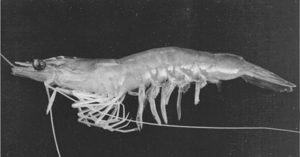
Reducing the cost of shrimp feeds – a major production cost – is important for shrimp farmers. Efforts are ongoing in many places to reduce the inclusion of fishmeal, one of the more expensive ingredients, in feeds by replacing it with suitable plant protein sources.
Corn gluten, the protein fraction of corn, may be used as a fishmeal replacement. The byproduct of the starch manufacture industry has high crude protein levels that match those of fishmeal, but is deficient in some of the essential amino acids (Table 1) when compared to fishmeal.
Newman, Essential amino acid profiles of fishmeal and corn gluten meal, Table 1
| Amino Acid | Content (% dry matter) Fishmeal (59.6% protein) | Content (% dry matter) Corn Gluten Meal (56.8% protein) |
|---|
Amino Acid | Content (% dry matter) Fishmeal (59.6% protein) | Content (% dry matter) Corn Gluten Meal (56.8% protein) |
|---|---|---|
| Arginine | 3.4 | 1.53 |
| Histidine | 1.03 | 1.06 |
| Isoleucine | 1.33 | 2.46 |
| Leucine | 3.38 | 7.92 |
| Lysine | 3.13 | 0.87 |
| Methionine | 0.41 | 1.14 |
| Phenylalanine | 1.93 | 3.05 |
| Threonine | 1.77 | 1.56 |
| Tyrosine | 1.60 | 1.11 |
| Valine | 1.23 | 1.14 |
Fishmeal replacement study
The authors recently conducted a study at the Central Institute of Brackishwater Aquaculture in Chennai, India, that replaced fishmeal with corn gluten in feed formulations for Indian white shrimp (Fenneropenaeus indicus), which are cultured on the east and west coasts of India.
Corn gluten with 56.8 percent crude protein was obtained from a starch-manufacturing company, and fishmeal with 59.6 percent crude protein was prepared by pulverizing dried anchovies. Four iso-nitrogenous pelleted test feeds of 2.5-mm diameter were formulated by replacing 0, 5, 10 and 15 percent of the fishmeal in a feed based on 30 percent fishmeal.
During the 45-day laboratory feeding trial, 10 juvenile Indian white shrimp of about 2.75 grams each were stocked in oval 500-l fiber-reinforced plastic tanks containing seawater (30±2.0‰; 26 ± 0.1 degrees-C) at 3 tanks per treatment. The shrimp were fed to satiation at 5 to 8 percent body weight per day in the morning and evening. Leftover feed was collected, dried, and consolidated. Leftover amounts were subtracted from the initial quantities to compute feed gain ratio (FGR). A daily 40 percent water exchange used fresh seawater after removing sediments.
Results
The results of the feed trial (Table 2) showed that the control diet produced a weight increase of 4.68 grams and FGR of 1.86. The feeds with 5 and 10 percent replacement of fishmeal with corn gluten generated similar performance and were not significantly different from those for the control diet. The feed with 15 percent replacement of fishmeal, however, produced significantly poorer results, with weight gain of 4.53 grams and FGR of 2.51.
Ali, Performance results, Table 2
| Average Treatment | Initial Average Weight (g) | Final Average Weight (g) | Survival (%) | Average Feed Consumption (g) | Feed Cost (U.S. $/kg shrimp) |
|---|
Average Treatment | Initial Average Weight (g) | Final Average Weight (g) | Survival (%) | Average Feed Consumption (g) | Feed Cost (U.S. $/kg shrimp) |
|---|---|---|---|---|---|
| 0% corn gluten | 2.75 ± 0.24 | 4.68 ± 0.14 | 95 | 8.71 | 0.930 |
| 5% corn gluten | 2.75 ± 0.24 | 4.63 ± 0.12 | 100 | 8.80 | 0.912 |
| 10% corn gluten | 2.75 ± 0.24 | 4.61 ± 0.13 | 95 | 8.85 | 0.883 |
| 15% corn gluten | 2.75 ± 0.24 | 4.33 ± 0.11 | 95 | 10.87 | 1.054 |
Even though the corn gluten contained crude protein almost on par with the protein content of the fishmeal, the corn gluten was deficient in certain essential amino acids, especially arginine and lysine, when compared to fishmeal. These amino acids appeared to be limiting in the diet with 15 percent fishmeal replacement.
The cost of corn gluten is only one-third that of fishmeal, so corn gluten inclusion could significantly reduce feed costs. In these tests, the cost of feed with 30 percent fishmeal was U.S. $500 per metric ton (MT), and the cost of the test feed with 10 percent corn gluten replacement was $460 per MT. Based on the FGRs obtained in the study, the cost of the full-fishmeal feed was $0.93 per kilograms, while the 10 percent replacement was $0.88 per kilograms – a significant reduction.
(Editor’s Note: This article was originally published in the December 2004 print edition of the Global Aquaculture Advocate.)
Now that you've reached the end of the article ...
… please consider supporting GSA’s mission to advance responsible seafood practices through education, advocacy and third-party assurances. The Advocate aims to document the evolution of responsible seafood practices and share the expansive knowledge of our vast network of contributors.
By becoming a Global Seafood Alliance member, you’re ensuring that all of the pre-competitive work we do through member benefits, resources and events can continue. Individual membership costs just $50 a year.
Not a GSA member? Join us.
Authors
-
S. Ahamad Ali
Central Institute of Brackishwater Aquaculture
75 Santhome High Road
Chennai 600028 India -
J. Syama Dayal
Central Institute of Brackishwater Aquaculture
75 Santhome High Road
Chennai 600028 India -
K. Ambasankar
Central Institute of Brackishwater Aquaculture
75 Santhome High Road
Chennai 600028 India
Tagged With
Related Posts
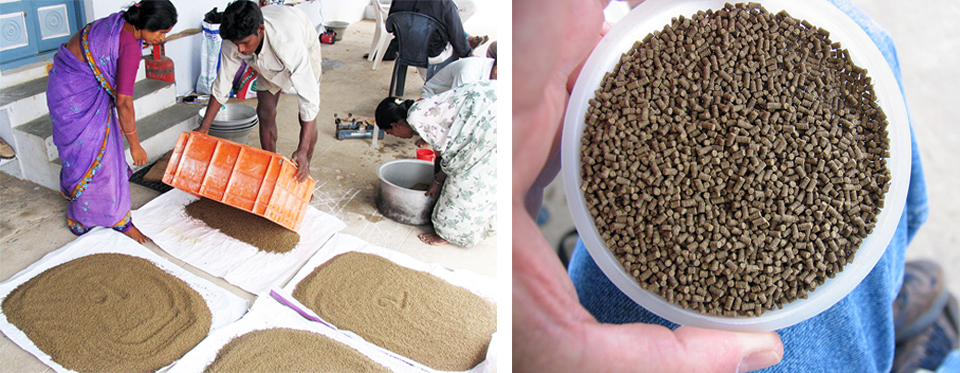
Aquafeeds
A look at India’s fish feed industry
India's fish-farming industry makes limited use of modern feeds, providing potential for the feed sector to grow. Commercial feeds are predominantly used for pangasius farming, followed by a rising popularity in carp culture.
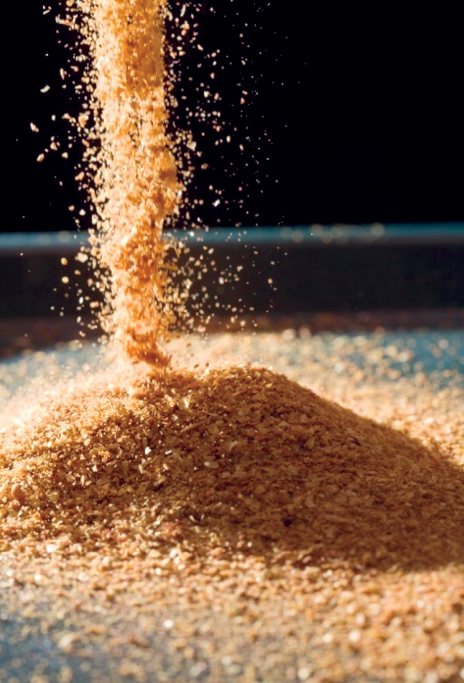
Aquafeeds
A look at corn distillers dried grains with solubles
Corn distillers dried grains with solubles are an economical source of energy, protein and digestible phosphorus to reduce feed costs and fishmeal usage.
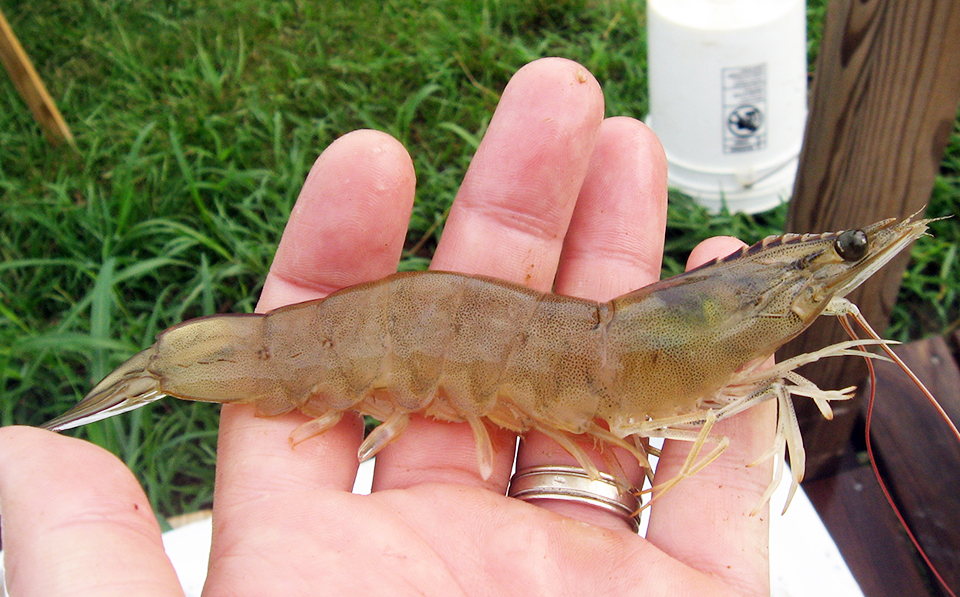
Aquafeeds
Alternatives to fishmeal perform well in low-salinity shrimp farm trial
In a white shrimp farm trial in a low-salinity environment, alternatives to fishmeal did not negatively impact the growth, survival or FCR of the shrimp.
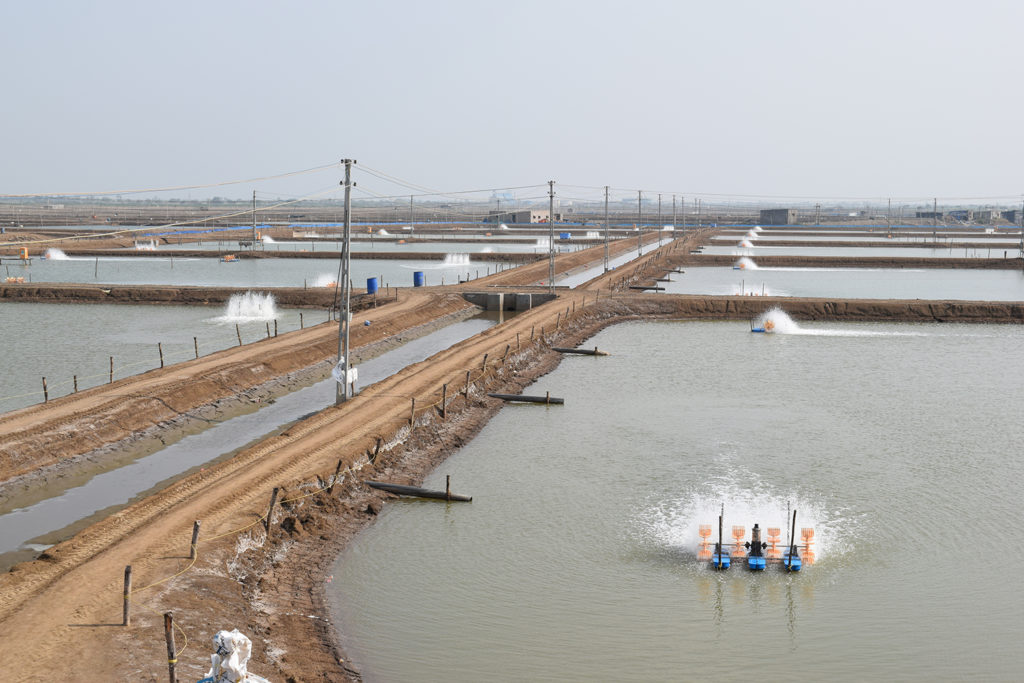
Intelligence
Can India sustain its farmed shrimp boom?
Long a global leader in farmed fish production, India has transitioned into an aquaculture powerhouse. Can its expanding shrimp sector keep the rapid pace?


